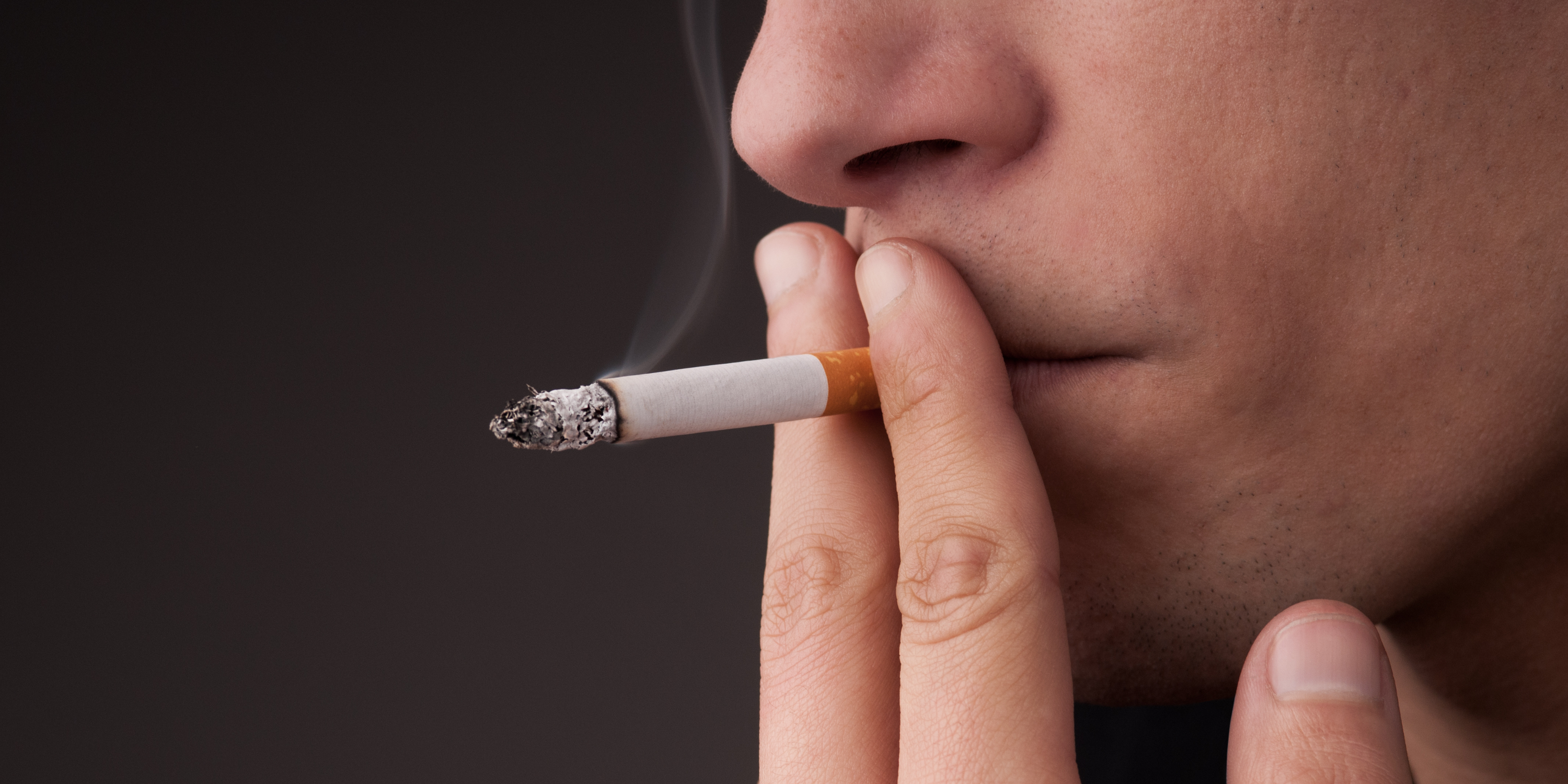The Effects of Smoking on the Skin: A Comprehensive Guide
Smoking is widely known for its detrimental effects on health, particularly on the lungs and heart. However, its impact on the skin is often overlooked. The skin, being the largest organ of the body, suffers significantly from the harmful chemicals found in cigarettes. This blog delves into the various ways smoking affects the skin, including dehydration, premature aging, acne, and other skin conditions. Understanding these effects can motivate smokers to quit and encourage those considering smoking to think twice.
Dehydration and Dryness
One of the primary effects of smoking on the skin is dehydration. Smoking reduces the blood flow to the skin, which deprives it of oxygen and essential nutrients. The toxins in cigarettes, such as nicotine, constrict blood vessels, making it difficult for the skin to retain moisture. Dehydrated skin often appears dull, rough, and flaky. This lack of moisture can exacerbate existing skin conditions and make the skin more susceptible to environmental damage.
Moreover, smoking depletes the body of Vitamin C, a crucial nutrient for maintaining healthy skin. Vitamin C helps to keep the skin hydrated and aids in the production of collagen, which is vital for skin elasticity and strength. Without sufficient Vitamin C, the skin can become dry and more prone to wrinkles.
Premature Aging and Wrinkles
Premature aging is one of the most noticeable effects of smoking on the skin. The chemicals in cigarettes accelerate the breakdown of collagen and elastin, the fibers that give the skin its strength and elasticity. As a result, smokers often develop wrinkles at a younger age compared to non-smokers. These wrinkles are especially prominent around the mouth, eyes, and lips, leading to what is commonly known as "smoker's lines."
Additionally, the repeated facial expressions made while smoking, such as pursing the lips and squinting the eyes to avoid smoke, contribute to the formation of fine lines and wrinkles. Over time, these repeated motions cause permanent lines and creases on the face.
Acne and Skin Infections
Smoking has been linked to various skin conditions, including acne. The toxins in cigarette smoke can clog pores and disrupt the skin's natural oil balance, leading to increased sebum production and the formation of acne. Smokers are also more likely to develop a specific type of acne known as "smoker's acne," characterized by large, inflamed pimples that are difficult to treat.
Furthermore, smoking impairs the skin's ability to heal itself. This means that blemishes and acne lesions take longer to heal and are more likely to leave scars. The weakened immune response in smokers also makes them more susceptible to skin infections and inflammatory conditions such as psoriasis and eczema.
Uneven Skin Tone and Discoloration
Another common effect of smoking is an uneven skin tone and discoloration. The reduced blood flow caused by nicotine results in a lack of oxygen and nutrients to the skin, leading to a pale and sallow complexion. Additionally, the carbon monoxide in cigarette smoke displaces oxygen in the blood, further depriving the skin of the necessary elements to maintain a healthy glow.
Smoking can also cause hyperpigmentation, where certain areas of the skin become darker than others. This is often seen in the form of dark spots or patches on the face, hands, and other exposed areas. The skin around the mouth and under the eyes is particularly prone to discoloration, giving smokers a tired and aged appearance.
Slower Wound Healing and Increased Scarring
The healing process of the skin is significantly hindered by smoking. The reduced blood flow and oxygen levels mean that wounds take longer to heal and are more prone to infection. This is particularly concerning for smokers who undergo surgical procedures, as their recovery times are often longer, and the risk of complications is higher.
Increased scarring is another issue faced by smokers. The impaired healing process can lead to the formation of hypertrophic or keloid scars, which are raised and more noticeable than regular scars. These types of scars are not only unsightly but can also be painful and itchy.
Risk of Skin Cancer
Smoking is a known risk factor for various types of cancer, including skin cancer. The carcinogenic chemicals in cigarettes damage the DNA of skin cells, increasing the likelihood of mutations that can lead to cancer. Squamous cell carcinoma, a common form of skin cancer, is particularly associated with smoking. This type of cancer typically appears on sun-exposed areas of the skin and can be aggressive if not treated promptly.
Conclusion
The effects of smoking on the skin are extensive and damaging. From dehydration and premature aging to acne, uneven skin tone, and an increased risk of skin cancer, smoking wreaks havoc on the skin's health and appearance. Quitting smoking is one of the best decisions you can make for your overall health and your skin.
If you're a smoker concerned about the effects on your skin or looking to quit, we offer a free consultation to discuss your options and provide support. Our experts are here to help you achieve healthier, more radiant skin. Book your free consultation today and take the first step towards a smoke-free, glowing future.


